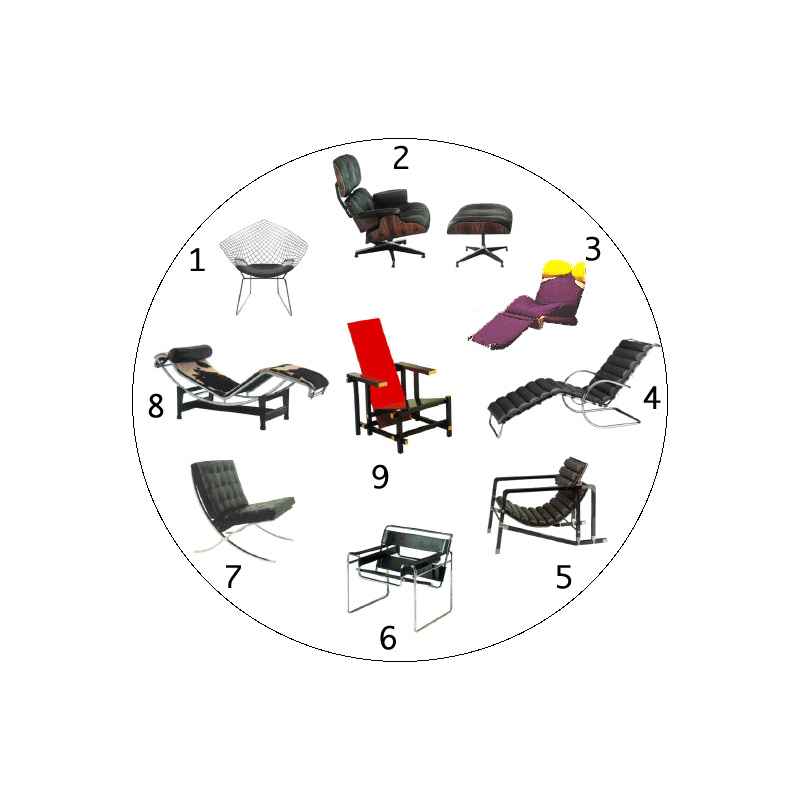You have at least three reasons to have a closer look at this page
|
1
|
DESIGN HISTORY
learn something about the so-called Modern Movement, if you are not already
acquainted with it, and especially about some of the designs of the masters.
Design, as any expression of civilization and culture is not invented from
nothing but is based on the philosophy and actions of our ancestors and
traces of these are conserved in our present-day design. If we consider
design language we must trace these connections with the past in order
to better understand the present. It is quiet astonishing that so few research
has been done in the direction of linguistic analysis of design history. |
|
2
|
SEMIOTICS
understand better this sign type, that Peirce called, with one of the irksome
names of his semiotics, the Rhematic Indexical Sinsign. The Rietveld chair
belonging to the manifold of all modern easy chairs contains of course
the general characteristics of this group or, in Peircean terms, it is
a Rhematic Indexical Sinsign. It incorporates and exemplifies what we could
call * easy-chair-ness *. What that means you can discover on the next
page. (click here instead for a general introduction on Peirce
and the Cabbala ) |
|
3
|
CABBALAH
see how this term collimates with the Hod,
or Splendor, Sephirot in the Cabbala. Hod is, as Colin Law explains,
(note 1) the appreciation of boundaries, a passion
for classification, rules, detail, hair-splitting definitions |
Let us start with the first approach, some examples of famous lounge chairs.
You can click on the images or on the items in the list at the bottom of
this page.
The Rietveld red blue chair (9) is
the topic of the research on these pages and is therefore placed in the
center of the image above. It is the oldest chair represented here (1917)
and is still on the market. The most recent one is the Wing
chair (3)
|


